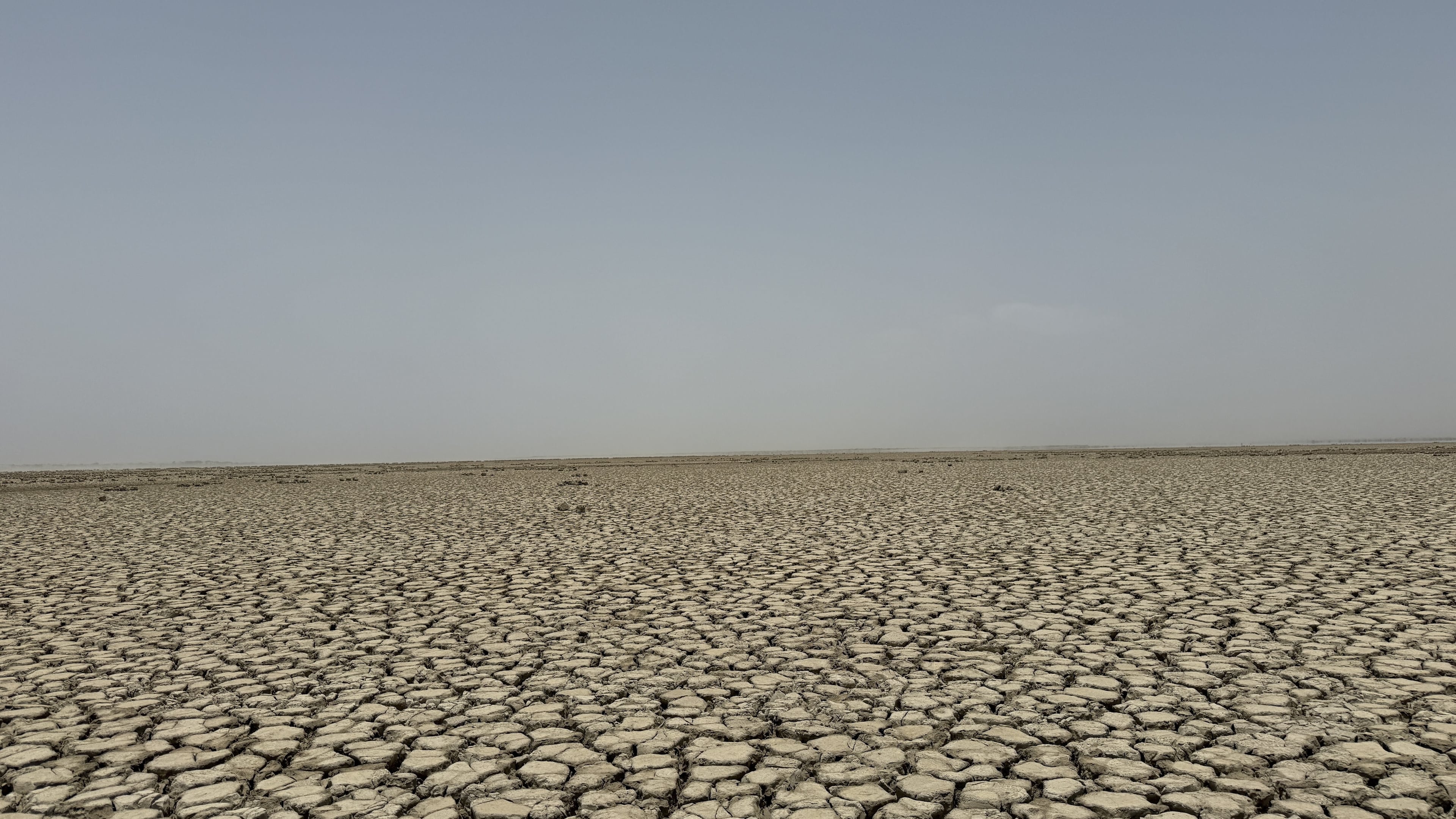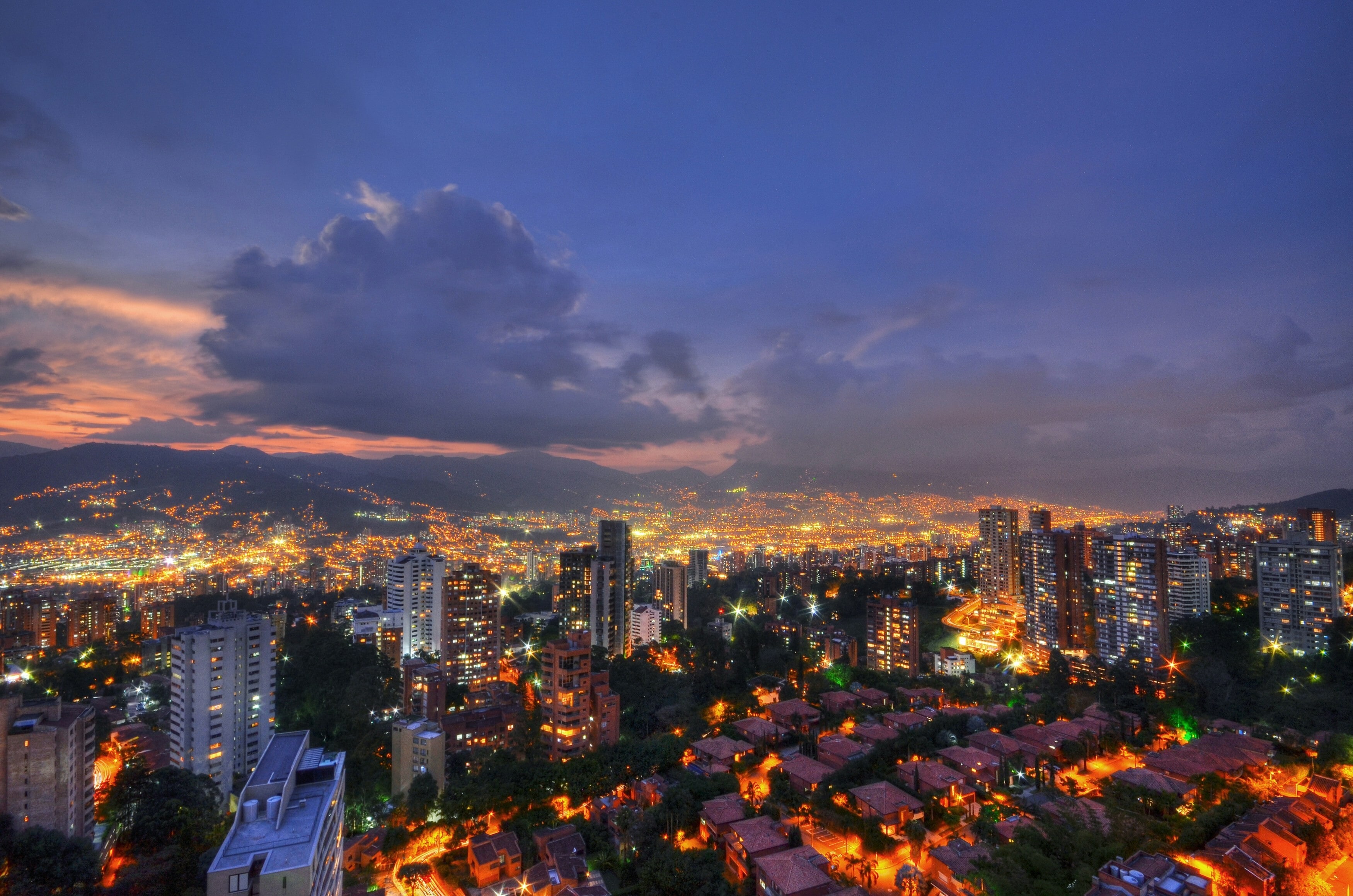This is the massive economic cost of the Indonesia wildfires

Forest fires have caused over 900,000 people to report respiratory illnesses.
Image: REUTERS/Willy Kurniawan
Stay up to date:
Indonesia
The total damage and economic loss from forest fires in Indonesia this year amounted to at least $5.2 billion, equal to 0.5% of gross domestic product, the World Bank said in a report on Wednesday.
The estimate was based on its assessment in eight affected provinces from June to October 2019, though analysts at the multinational bank said fires had continued to rage through to November.
"The forest and land fires, as well as the resulting haze, led to significant negative economic impacts, estimated at $157 million in direct damage to assets and $5.0 billion in losses from affected economic activities," the World Bank wrote in the report.
Over 900,000 people reported respiratory illnesses, 12 national airports halted operations, and hundreds of schools in Indonesia, Malaysia and Singapore had to temporarily close due to the fires.
Drifting smoke at the height of the dry season in September triggered a diplomatic spat between Kuala Lumpur and Jakarta.
More than 942,000 hectares (2.3 million acres) of forests and lands were burned this year, the biggest since devastating fires in 2015 when Indonesia saw 2.6 million hectares burned, according to official figures. Officials said the spike was due to El Nino weather patterns lengthening the dry season.
The World Bank also estimated a 0.09 and 0.05 percentage points reduction in Indonesia's economic growth in 2019 and 2020, respectively, due to the fires. Its growth forecast for Indonesia is 5% for 2019 and 5.1% for 2020.
The blazes were "manmade and have become a chronic problem annually since 1997" because fire is considered the cheapest method to prepare land for cultivation, the bank said.
Because about 44% of the areas burned in 2019 were in peatlands, carbon emissions from Indonesia's fires were estimated to be almost double the emissions from the fires in the Brazilian Amazon this year.
The European Centre for Medium Range Weather Forecast estimated a total of 720 megatonnes of CO2 emissions came from Indonesian forest fires in January-November this year.
Longer-term effects of repeated fires were not included in this estimate, the World Bank said. Repeated haze exposure would reduce health and education quality and damage the global image of palm oil - an important commodity for Indonesia.
Don't miss any update on this topic
Create a free account and access your personalized content collection with our latest publications and analyses.
License and Republishing
World Economic Forum articles may be republished in accordance with the Creative Commons Attribution-NonCommercial-NoDerivatives 4.0 International Public License, and in accordance with our Terms of Use.
The views expressed in this article are those of the author alone and not the World Economic Forum.
Related topics:
Forum Stories newsletter
Bringing you weekly curated insights and analysis on the global issues that matter.
More on Climate ActionSee all
Tom Crowfoot
August 14, 2025
Sikander Bizenjo and Eric Shahzar
August 14, 2025
Tom Crowfoot
August 12, 2025
Luis Antonio Ramirez Garcia
August 11, 2025




